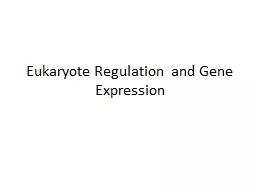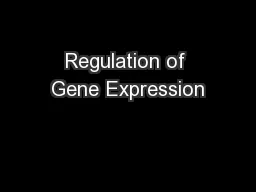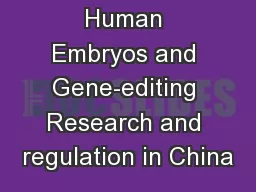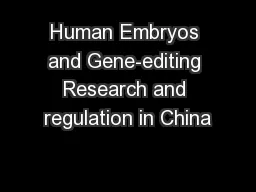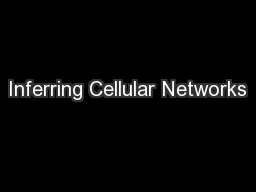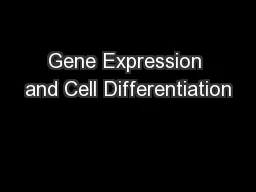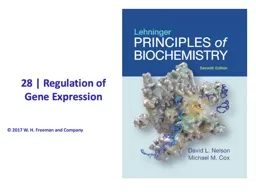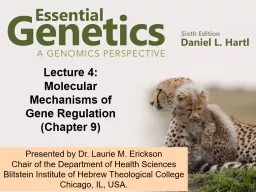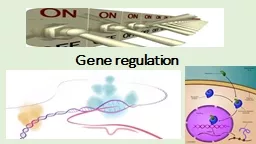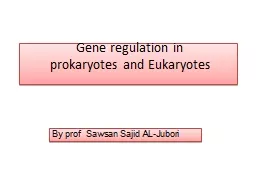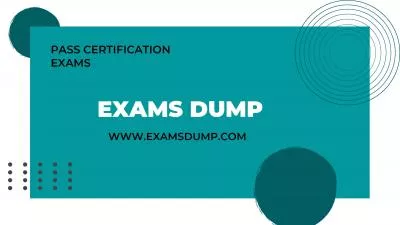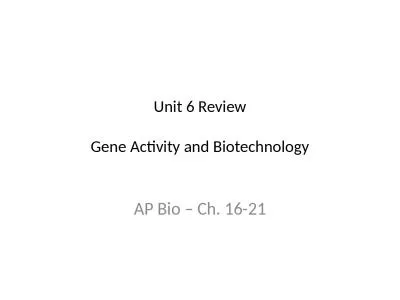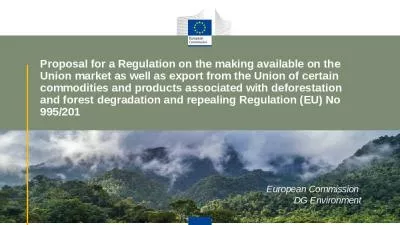PDF-Gene Regulation
Author : deena | Published Date : 2021-02-11
Gene Regulation Gene expression can be turned on turned off turned up or turned down For example as test time approaches some of you may note that stomach acid production
Presentation Embed Code
Download Presentation
Download Presentation The PPT/PDF document "Gene Regulation" is the property of its rightful owner. Permission is granted to download and print the materials on this website for personal, non-commercial use only, and to display it on your personal computer provided you do not modify the materials and that you retain all copyright notices contained in the materials. By downloading content from our website, you accept the terms of this agreement.
Gene Regulation: Transcript
Download Rules Of Document
"Gene Regulation"The content belongs to its owner. You may download and print it for personal use, without modification, and keep all copyright notices. By downloading, you agree to these terms.
Related Documents


